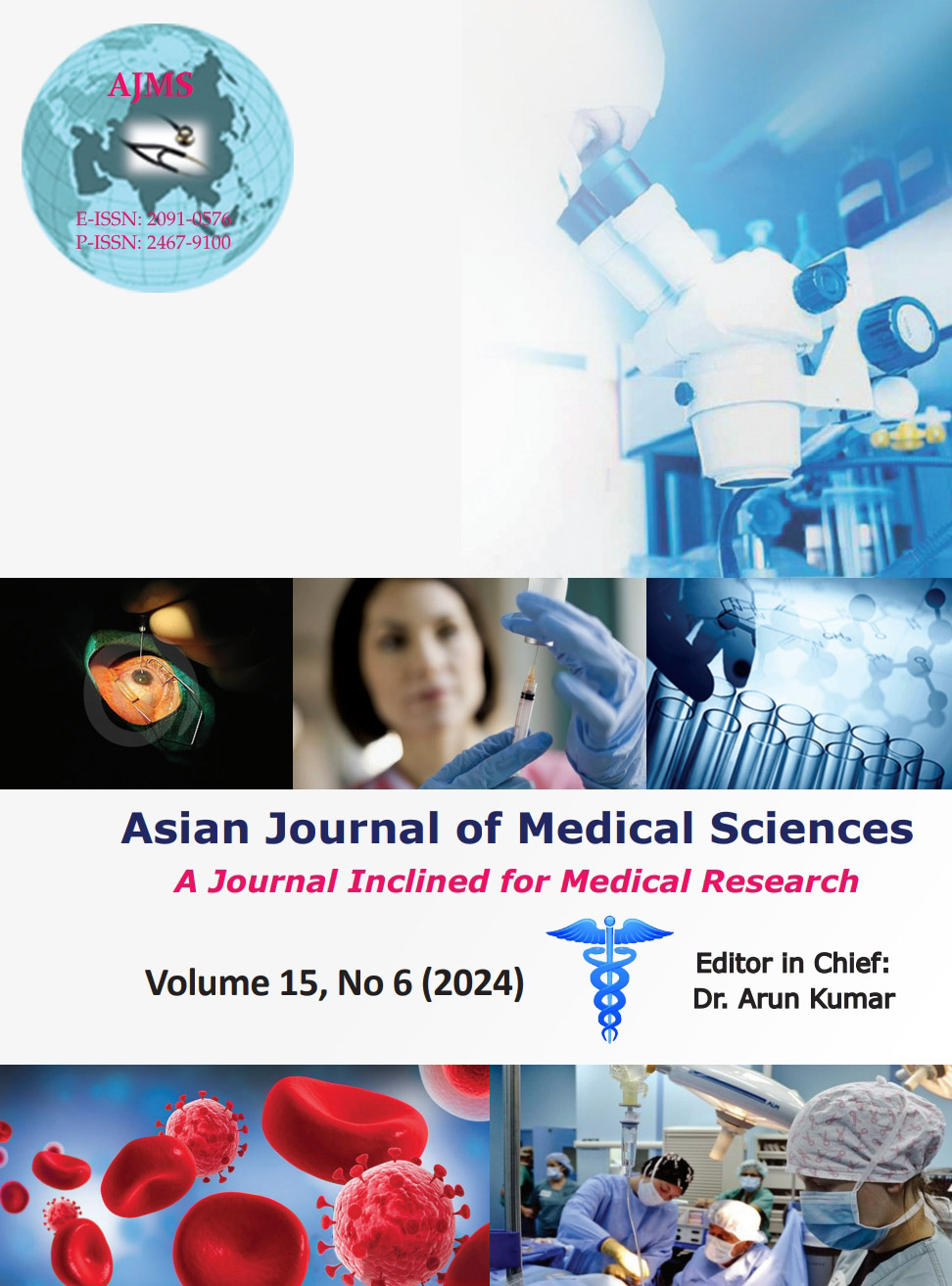The craze with semaglutide
Keywords:
Semaglutide, obesity, glycemic control, weight loss, appetiteAbstract
Semaglutide (Ozempic acid) belongs to a class of drugs called glucagon-like peptide-1 (GLP-1) receptor agonists. These medications mimic the action of a hormone called GLP-1, which helps regulate blood glucose and promotes weight loss. One role of GLP-1 is to prompt the body to produce more insulin, which reduces blood sugar (glucose). Because of this, doctors have been treating type 2 diabetes with semaglutide for more than 15 years. Higher doses of GLP-1, however, also cause anoxia by interacting with the brain regions responsible for appetite suppression. When combined with diet and exercise, it can help people who are obese or overweight lose a significant amount of weight and lower their risk of developing diabetes, heart disease, and cancer. This effect of Semaglutide made it an appropriate candidate for weight loss. At present, semaglutide is only approved for weight loss under the brand name Wegovy. Public demand and craze for weight loss have prompted the usage and misusage of semaglutide. As interest and obsession with weight loss programs continue to grow, health-care professionals are forced to improvise their strategy to manage the demand. One way to meet needs is to prescribe other brands of semaglutide, such as Ozempic and Rybelsus (using a Food and Drug Administration [FDA]-approved drug for a different reason). The FDA recommends Wegovy for weight loss if you meet one of the following criteria:
The FDA guidelines for semaglutide usage only if body mass index (BMI) is 27 kg/m2 or greater along with other co-morbidities such as high blood pressure, type 2 diabetes, or high cholesterol or a BMI >30 kg/m2. This has become so rampant that genuine users of semaglutide who need it for managing their blood sugar are finding it missing from the shelf. Overuse or improper use often comes with adverse consequences, such as hypoglycemia, confusion, dizziness, seizures, headache, and even loss of consciousness. The craze for semaglutide needs to be cautiously weighed before consumption.
Downloads
Downloads
Published
How to Cite
Issue
Section
License
Copyright (c) 2024 Asian Journal of Medical Sciences

This work is licensed under a Creative Commons Attribution-NonCommercial 4.0 International License.
Authors who publish with this journal agree to the following terms:
- The journal holds copyright and publishes the work under a Creative Commons CC-BY-NC license that permits use, distribution and reprduction in any medium, provided the original work is properly cited and is not used for commercial purposes. The journal should be recognised as the original publisher of this work.
- Authors are able to enter into separate, additional contractual arrangements for the non-exclusive distribution of the journal's published version of the work (e.g., post it to an institutional repository or publish it in a book), with an acknowledgement of its initial publication in this journal.
- Authors are permitted and encouraged to post their work online (e.g., in institutional repositories or on their website) prior to and during the submission process, as it can lead to productive exchanges, as well as earlier and greater citation of published work (See The Effect of Open Access).




